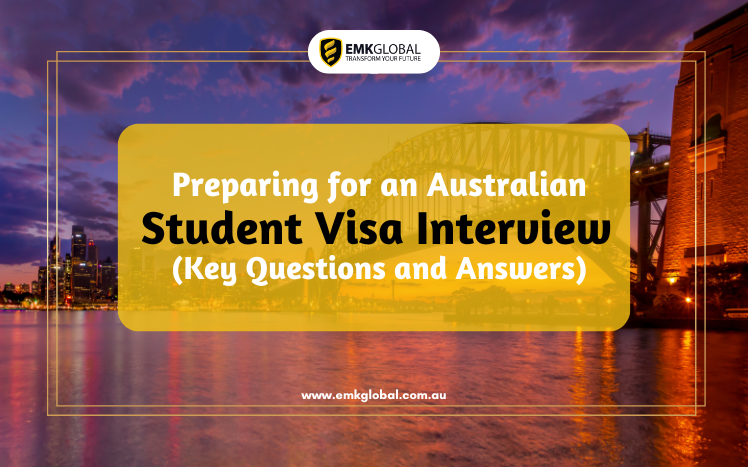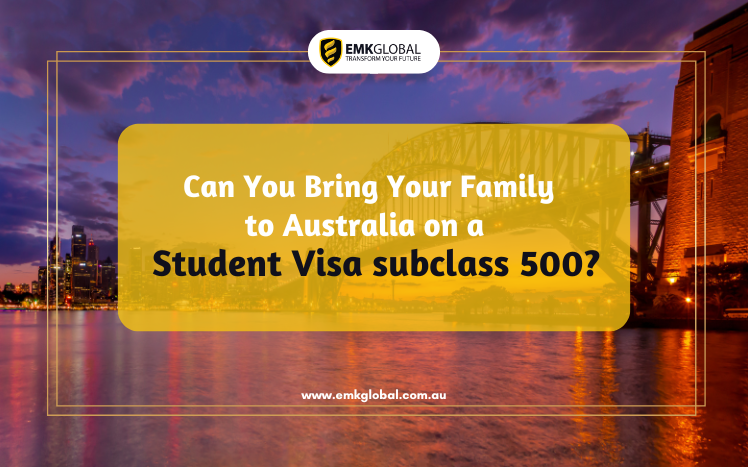Migration Program planning levels
On 14 May 2024, the Australian Government announced that the planning levels for the 2024–25 permanent Migration Program will be set at 185,000 places.
This Migration Program aims to address skills shortages in priority sectors and prioritize visa processing for regional Australia, while also building a domestic pipeline of highly skilled workers.
Recognizing the significant contributions of all migrants to social cohesion, the 2024–25 Migration Program focuses on strengthening family and community bonds in Australia.
A well-targeted, skills-focused Migration Program supplements the working-age population, boosting participation rates and expanding the labour force.
The 2024–25 permanent Migration Program consists of the following components:
- Skill stream (132,200 places, approximately 71% of the program) – Designed to enhance the productive capacity of the economy and address skill shortages in the labour market, particularly in regional Australia.
- Family stream (52,500 places, approximately 28% of the program) – Predominantly comprising Partner visas, this stream allows Australians to reunite with family members from overseas and provides pathways to citizenship. Within this stream:
- An estimated 40,500 Partner visas are planned for 2024–25, noting that this category is demand-driven.
- An estimated 3,000 Child visas are planned for 2024–25, also noting that this category is demand-driven.
- Special Eligibility stream (300 places) – This stream includes visas for individuals in special circumstances, such as permanent residents returning to Australia after a period overseas.
| Visa Stream | Visa Category | 2023–24 Planning levels | 2024–25 Planning levels |
|---|---|---|---|
| Skill | Employer Sponsored | 36,825 | 44,000 |
| Skilled Independent | 30,375 | 16,900 | |
| Regional | 32,300 | 33,000 | |
| State/Territory Nominated | 30,400 | 33,000 | |
| Business Innovation & Investment | 1,900 | 1,000 | |
| Global Talent (Independent) | 5,000 | 4,000 | |
| Distinguished Talent | 300 | 300 | |
| Skill Total | 137,100 | 132,200 | |
| Family | Partner1 | 40,500 | 40,500 |
| Parent | 8,500 | 8,500 | |
| Child1 | 3,000 | 3,000 | |
| Other Family | 500 | 500 | |
| Family Total | 52,500 | 52,500 | |
| Special Eligibility | 400 | 300 | |
| Total Migration Program | 190,000 | 185,000 |
2024–25 permanent Migration Program planning levels
The 2024–25 permanent Migration Program has been set at a planning level of 185,000 with an approximate 70:30 split between the Skill and Family streams.
Employer Sponsored visa category
The Government has increased the planning level for Employer Sponsored from 36,825 visas in 2023–24 to 44,000 visas for the 2024–25 permanent Migration Program.
This planning level builds on the expanded pathway to permanent residence introduced by the Government from November 2023. It will allow a greater proportion of temporary migrants to secure permanent residence in a timely manner through the Temporary Residence Transition Stream.
State/Territory Nominated visa category
The Government has increased the planning level for the State/Territory Nominated category to 33,000 visas, and the planning level for the Regional category to 33,000 visas for the 2024–25 Migration Program.
Together these categories, which both contain visas nominated by state and territory governments, account for 36 per cent of the overall planning level and 50 per cent of the Skill stream.
Increasing the planning levels for the State and Territory Nominated and Regional categories will allow jurisdictions to attract skilled migrants to meet their specific economic and labour force challenges. Increases to the Regional category planning level will also support key commitments in the Migration Strategy to support regional Australia, in addition to priority visa processing.
Skilled Independent visa category
In the 2024–25 Migration Program, the Government has allocated 16,900 places for Skilled Independent visas. This is a decrease compared to the 2023–24 program allocation of 30,375 places, but still well above the COVID-era planning levels of 7,500 and 6,500 places in 2020–21 and 2021–22 respectively.
Business Innovation and Investment Program (BIIP) visa category
The Government has reduced the planning level for the BIIP from 1,900 visas in 2023–24 to 1,000 visas for the 2024–25 permanent Migration Program.
As part of the Migration Strategy, the Government announced that it would not provide any new allocations for the BIIP while a new talent and innovation visa was considered. This new visa – to be called the National Innovation visa – will be available at the end of 2024.
The BIIP will be closed permanently from July 2024 and new applications for the Business Innovation and Investment (Provisional) (subclass 188) visa will no longer be able to be lodged. The Migration Review concluded that the BIIP is delivering poor economic outcomes for Australia. This has been supported by other studies, including work undertaken by the Treasury, Productivity Commission and the Grattan Institute.
Subclass 188 BIIP visa applications that have been lodged will continue to be processed in line with Government priorities and the Migration Program planning levels. BIIP policy guidance will be tightened to ensure that all business migrants coming to Australia through this program have overall had a successful business career and will bring an economic benefit to Australia.
Those who hold a subclass 188 visa and meet the relevant criteria for the grant of the Business Innovation and Investment (Permanent) (subclass 888) visa will still be able to continue on this pathway after July 2024.
Reducing the planning level for BIIP will ensure the 2024–25 permanent Migration Program is focussed on highly-skilled individuals who will help to support a stronger, more robust, economy.
Global Talent visa category
The Government has slightly reduced the planning level for the Global Talent Visa Program to 4,000 visas for the 2024–25 Migration Program.
This planning level aligns with the Government’s broader reforms around talent and innovation, and accounts for the last year of the Global Talent visa program as it transitions to new arrangements using the forthcoming National Innovation visa. Through the new visa, the Government will provide a permanent visa pathway for the most exceptional talented migrants – such as high performing entrepreneurs, major investors and global researchers. National Innovation visas granted in 2024-25 will be counted within the Global Talent visa Program.
Home Affairs will manage the transition to the new National Innovation visa to ensure applicants, including existing applicants of the Global Talent visa, are supported in the application process. Existing Global Talent visa applicants will not be adversely affected by the transition. Visa applicants will be assessed against the eligibility criteria at the time of their application.
Family stream
The Government has maintained the size of the family stream. Family migration is an important element of Australia’s migration system. It allows Australian citizens and permanent residents to reunite with their family members and contribute to stronger social cohesion outcomes. The Australian Government recognises that immigrant parents can make valuable social contributions to their families and local communities.
The Partner visa category is the largest component within the family stream. From 2022–23, the Partner program moved to a demand driven model which:
- recognises the social, economic and demographic benefits of family reunification and the Partner visa program in particular
- provides the flexibility to adjust the program in line with expected demand and help to reduce the Partner visa pipeline and processing times for many applicants.
The Parent visa program has been maintained at 8,500 places while the Other Family (including Aged Dependent Relative, Remaining Relative and Carer programs) visa category has been maintained at 500 places.
The Child visa program allows Australian residents to sponsor their dependent or adopted child or an orphaned relative. The Child program is demand-driven and remains set at 3,000 places for planning purposes only. The Australian Government prioritises the reunification of a child with an Australian parent or family sponsor. This ensures we uphold our international obligations to consider the best interest of a child as a primary consideration.
2024–25 permanent Migration Program consultation
The size and composition of the Migration Program is set each year alongside the Australian Government’s Budget process.
To inform the planning levels and policy settings of the 2024–25 Migration Program, consultation occurred with:
- state and territory governments
- academia
- industry
- unions
- community organisations.
When planning the Migration Program, the Australian Government considers the following:
- Public submissions
- Economic and labour force forecasts
- International research
- Demand for permanent visa programs
- Net overseas migration
- Economic and fiscal modelling.
The Department invites public submissions as part of the planning process for future Migration Programs. Submissions to inform the 2024–25 Migration Program have now closed. For more information, see Australia’s 2024–25 Migration Program.
Source: https://immi.homeaffairs.gov.au/what-we-do/migration-program-planning-levels


















